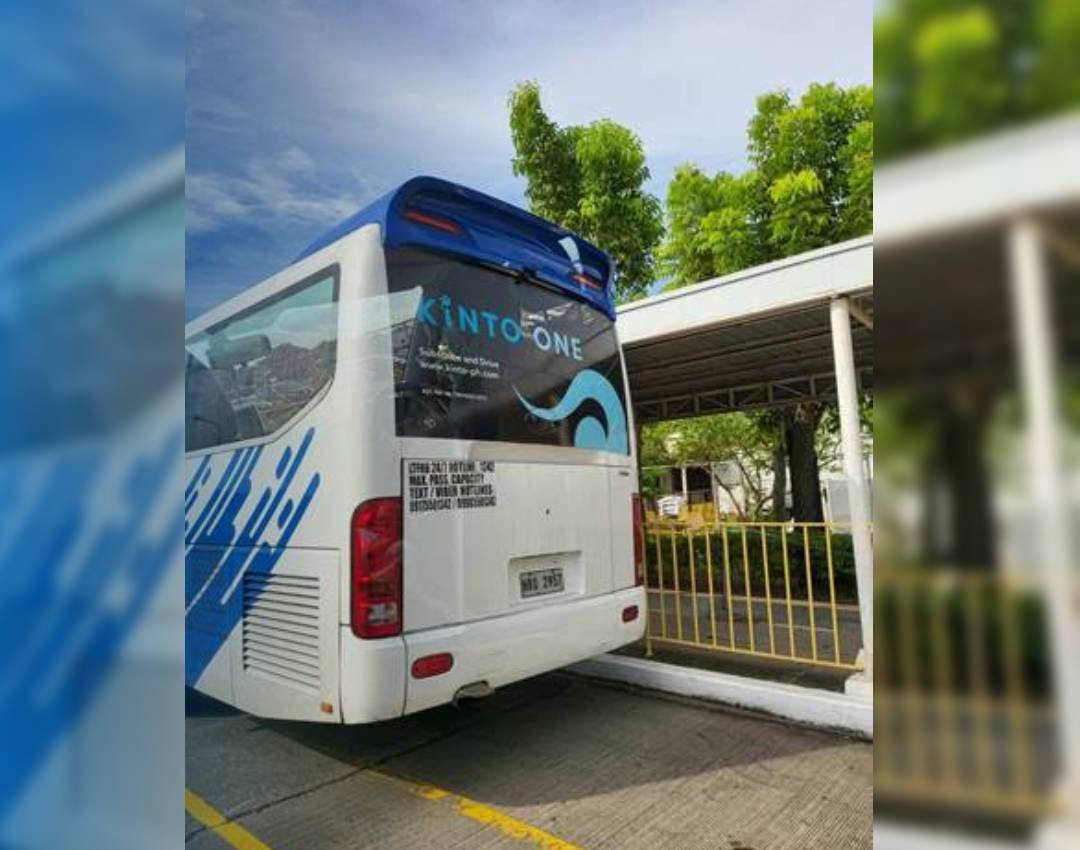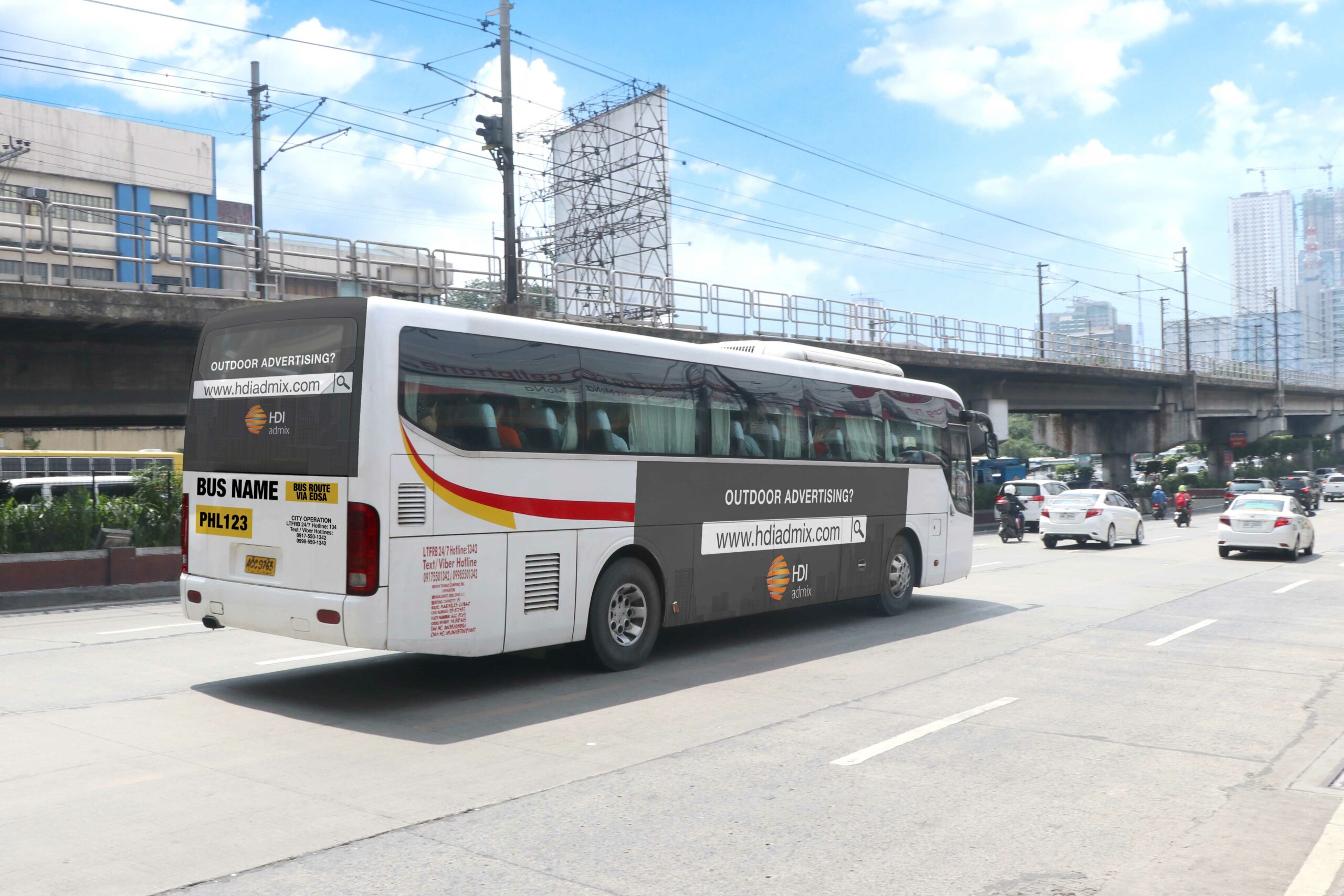Boost Your Service with Transit Advertising Philippines
Boost Your Service with Transit Advertising Philippines
Blog Article
A Thorough Evaluation of the Methods and Techniques for Successful Transportation Advertising Campaigns
Transit ad campaign use an unique possibility for brand names to involve with varied audiences in dynamic settings. To attain success, it is important to recognize the subtleties of target demographics, apply cutting-edge layout approaches, and pick optimum positioning places. Additionally, the efficiency of these projects can be substantially improved by carefully keeping an eye on performance metrics and adapting methods as necessary. As we check out these important elements, it becomes clear that the path to an impactful transportation marketing approach is both detailed and fulfilling, raising the inquiry of just how finest to navigate these intricacies for maximum brand name exposure.
Understanding Target Demographics
Comprehending target demographics is essential for the success of transportation ad campaign (Transit Advertising Philippines). Identifying details audience sectors allows advertisers to tailor their messages properly, guaranteeing that the material reverberates with the intended audiences. This strategy improves involvement and makes best use of return on investment
To properly analyze target demographics, marketing professionals must consider a number of crucial factors, including age, earnings profession, level, and way of life choices. For example, a project targeted at young professionals might concentrate on convenience and modernity, while one targeting families might highlight safety and security and integrity. Furthermore, geographical factors such as country versus metropolitan settings can substantially affect consumer habits and preferences.
Information collection approaches such as studies, focus groups, and social media analytics offer important insights right into group patterns and consumer habits. By leveraging this information, marketers can craft engaging narratives that align with the worths and demands of their target market.
Eventually, comprehending target demographics not only educates the critical direction of transit marketing campaign however also ensures that sources are assigned efficiently. This targeted strategy boosts the possibility of achieving project goals, promoting brand name commitment, and driving conversions.
Imaginative Style Strategies
Reliable interaction with target demographics relies greatly on ingenious creative layout techniques in transportation advertising and marketing campaigns. To effectively catch attention in a jampacked visual setting, designers have to prioritize quality and visual influence. Utilizing strong colors and high-contrast aspects can boost visibility, making certain that messages are quickly understandable from a distance.
Integrating vibrant images that resonates with the target audience is vital. Aesthetic storytelling methods can stimulate emotions and create unforgettable organizations with the brand name. Furthermore, calculated usage of typography helps convey vital details quickly; appropriate sizes and clear font styles additionally boost readability.
Including interactive components, such as QR codes or augmented reality features, can engage commuters past passive monitoring (Transit Advertising Philippines). These techniques not only promote user interaction however likewise connect the space between standard advertising and marketing and electronic involvement
In addition, making use of area artistically-- whether on bus wraps, transportation sanctuaries, or metro advertisements-- can cause cutting-edge formats that damage the mold of traditional advertising. By embracing artistic creative thinking while keeping brand name uniformity, campaigns can promote a solid link with their audience, ultimately driving both recognition and activity. The combination of these layout methods is paramount for accomplishing successful transportation advertising end results.
Strategic Positioning Methods
Making the most of the impact of transportation advertising pivots on strategic placement methods that make certain ideal visibility and engagement. Efficient positioning entails comprehending and evaluating high-traffic areas guest demographics to identify one of the most helpful places for advertisement display screens. As an example, placing ads near entries and departures of transit automobiles can capture the interest of boarding and alighting travelers, hence improving direct exposure.
Additionally, utilizing both indoor and external surfaces of transit lorries can considerably widen reach. Exterior advertisements, noticeable during commutes, involve pedestrians and various other chauffeurs, while indoor advertisements target passengers in a captive setting. Additionally, putting ads in transit hubs, such as bus terminals or train terminals, permits for enhanced perceptions as travelers change between different settings of transportation.
Timing is additionally vital; straightening the project launch with peak travel periods maximizes audience interaction - Transit Advertising Philippines. In addition, leveraging electronic displays in transit environments can help with dynamic material, supplying real-time updates and boosting user interaction. By utilizing these calculated placement approaches, marketers can guarantee that their transportation marketing campaign attain optimal presence, reverberate with the target market, and inevitably drive wanted end results

Gauging Project Performance
To analyze the success of transportation ad campaign, it is necessary to utilize a range of measurement techniques that offer insights right into target market involvement and overall effectiveness. One key method is the usage of vital efficiency signs (KPIs), such as reach, impacts, and involvement prices, which measure the number of individuals communicated and viewed the advertisement with it.
Surveys and focus teams can likewise contribute in evaluating customer assumptions and recall, enabling marketing professionals to comprehend the influence of their messaging. Additionally, tracking site web traffic and social networks involvement throughout and after the project aids determine direct responses to the advertising and marketing.
Another efficient method is utilizing location-based analytics, which can give information on foot website traffic around details transportation areas, providing insights into whether the project efficiently recorded the interest of commuters. Furthermore, evaluating sales information can disclose relationships between transportation advertising and raised profits, giving substantial evidence of a campaign's efficiency.
Case Researches of Success
Comprehending the effectiveness of transit marketing projects through dimension strategies prepares for taking a look at real-world instances that show my review here successful end results. One significant study involves a nationwide drink brand name that utilized bus wraps in urban locations. The campaign aimed to raise brand name exposure and sales during the summer months. By employing geo-targeted electronic ads and analytics, the brand measured a 30% boost in sales in regions where the wraps were plainly displayed, showing the straight impact of transit advertising.
An additional compelling example comes from a neighborhood nonprofit company that released a campaign on metro systems to advertise a community occasion. The company combined vivid visuals with QR codes guiding travelers to a registration page. Post-campaign analysis revealed a 50% boost in occasion presence Recommended Site compared to the previous year. Using direct interaction with modern technology magnified the campaign's reach and effectiveness.

Conclusion
In summary, successful transportation marketing projects demand a thorough method that integrates an understanding of target demographics, innovative style methods, and strategic placement. By prioritizing psychological interaction via vibrant visuals and maximizing presence during peak traveling times, brand names can dramatically improve their influence. Moreover, continuous measurement of campaign efficiency via vital efficiency indicators and consumer comments guarantees constant improvement. Jointly, these techniques foster brand name presence and make best use of the return on financial investment in transit advertising initiatives.
Understanding target demographics is see page vital for the success of transportation advertising and marketing campaigns.Reliable communication with target demographics relies greatly on innovative imaginative layout methods in transportation advertising campaigns. By using these critical positioning techniques, marketing experts can guarantee that their transportation advertising projects attain maximum exposure, reverberate with the target audience, and eventually drive preferred outcomes.
Comprehending the performance of transportation advertising and marketing projects via measurement techniques lays the groundwork for checking out real-world examples that highlight successful end results.In recap, successful transportation marketing projects require an extensive method that integrates an understanding of target demographics, ingenious layout strategies, and strategic placement.
Report this page